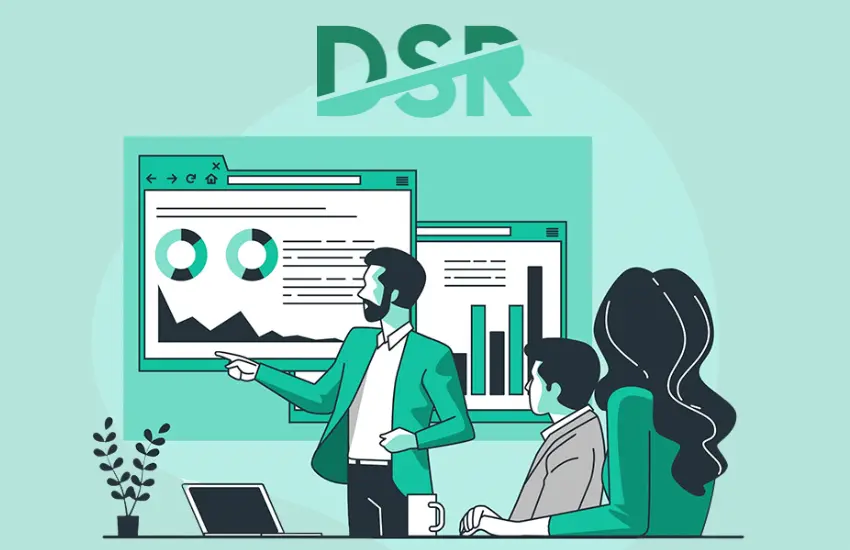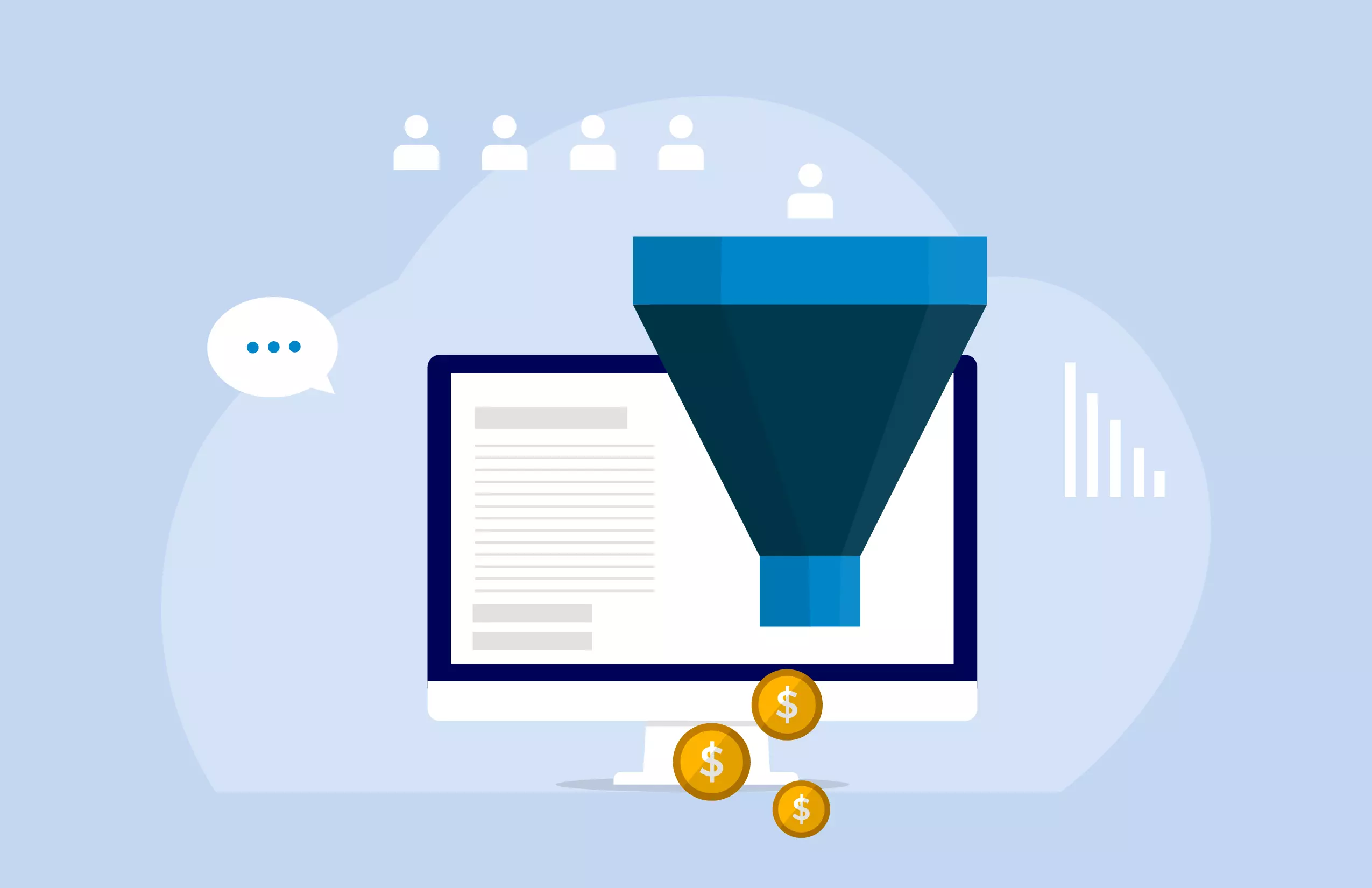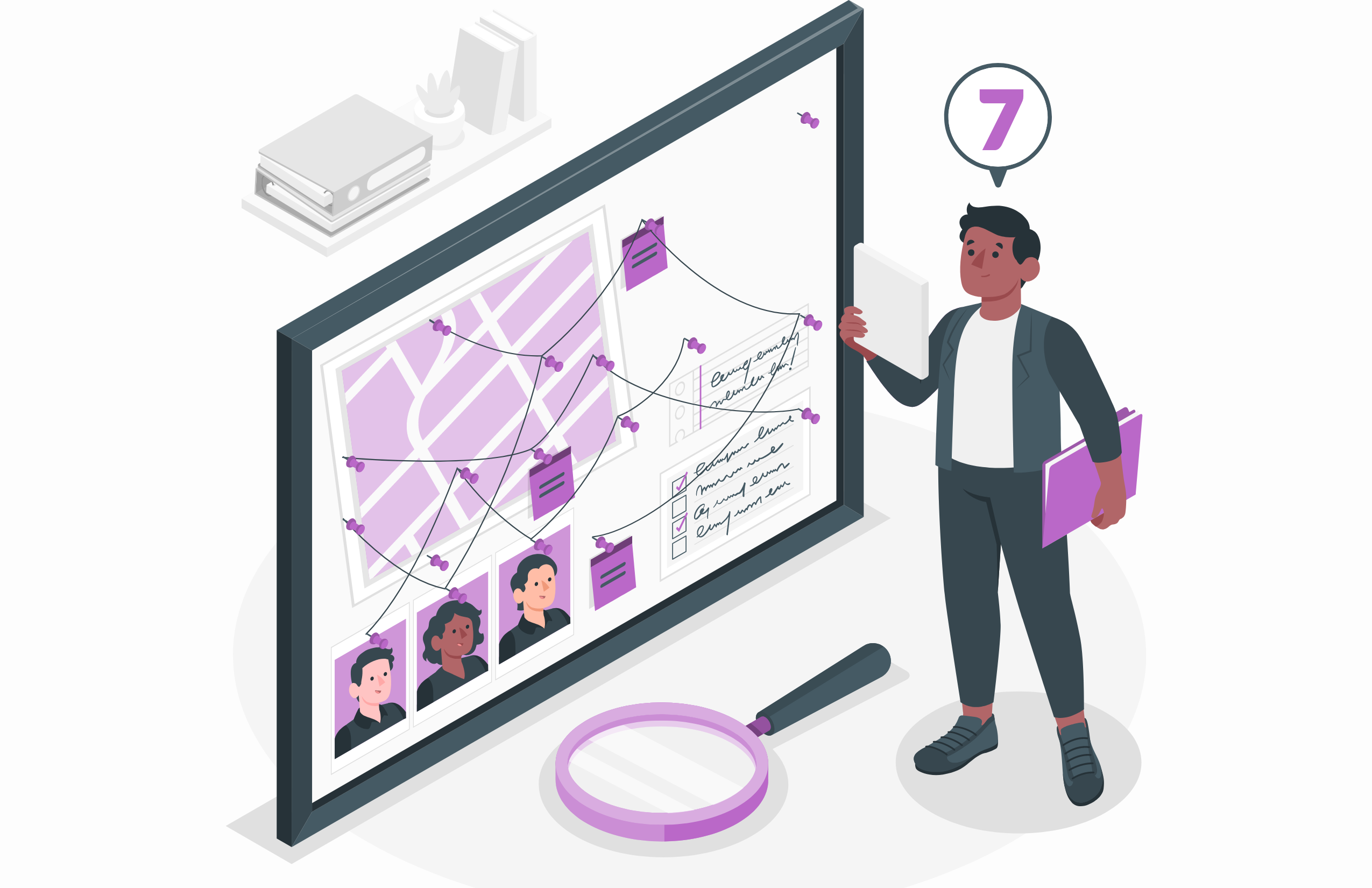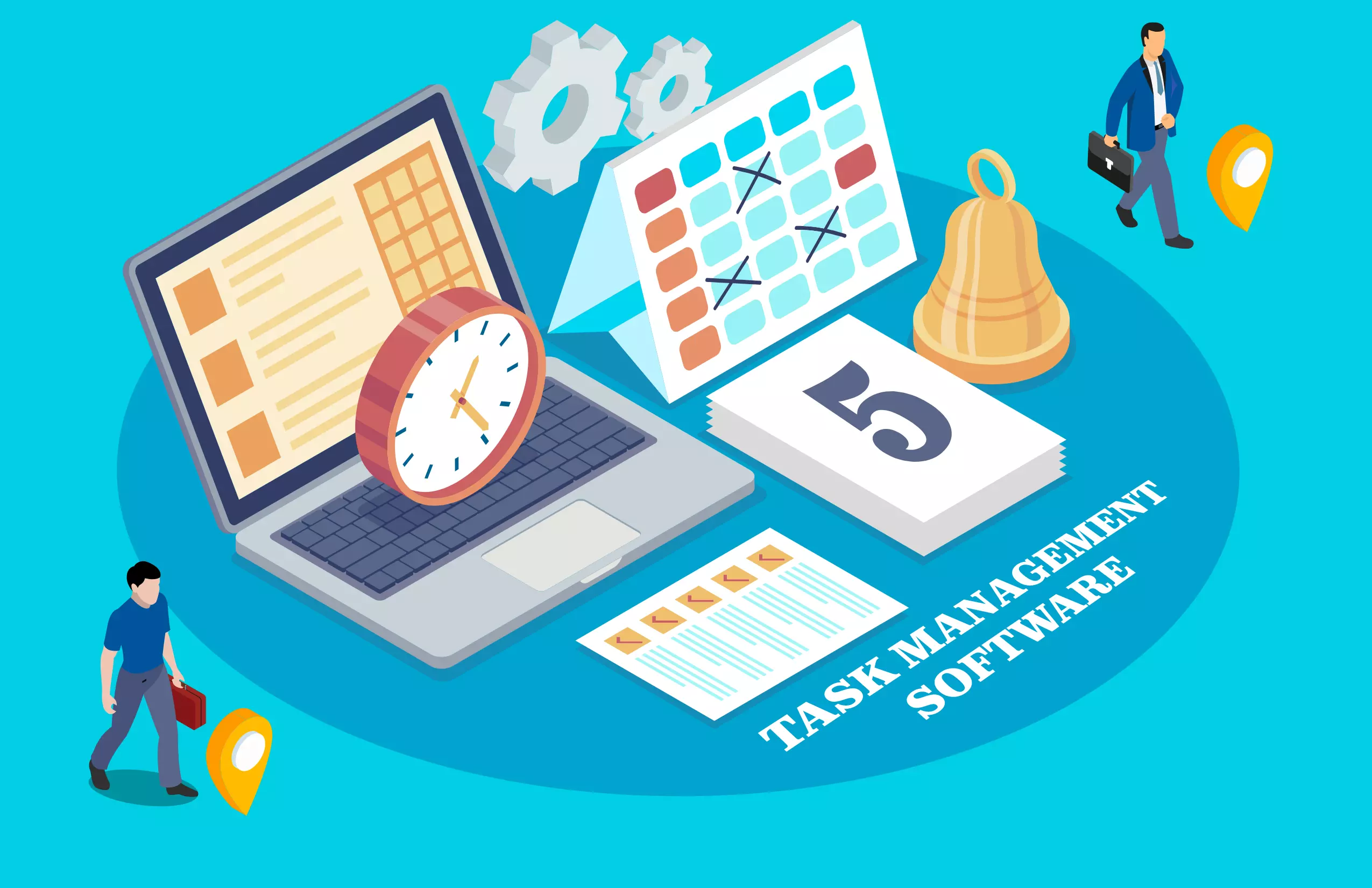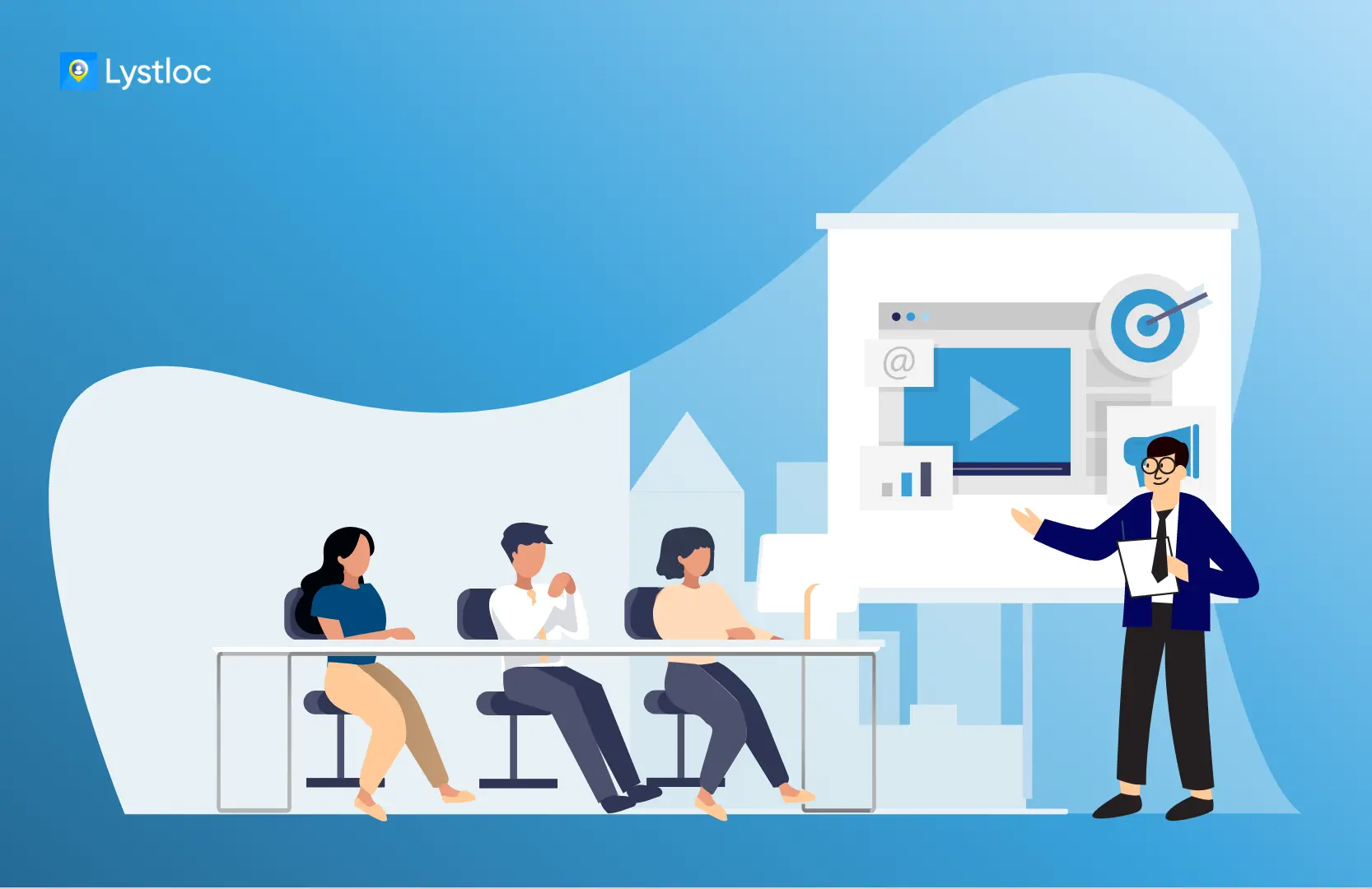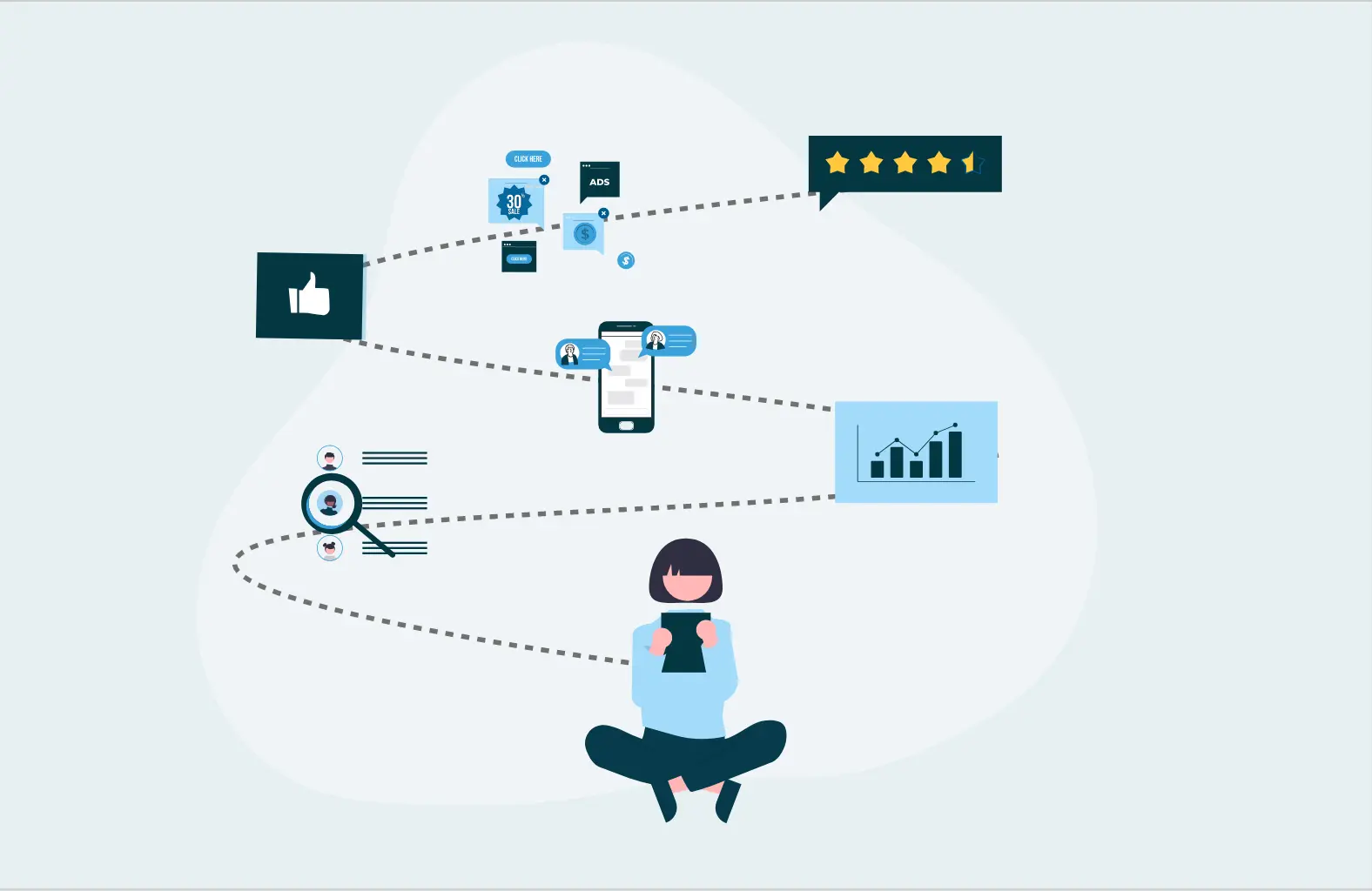
10 Best Ways To Boost Employee Engagement And Motivation
Table of Contents
One of the most significant markers of job fulfillment is employee engagement. Today’s employees desire flexibility with regard to schedules and locations in addition to a sense of engagement with their work and the organization they’re working for. It is impossible to overestimate the significance of employee engagement because it has been shown to minimize employee turnover, increase effectiveness and productivity, enhance retention and customer service, and provide higher profitability.
In the end, having an engaged workforce makes managing a company simpler and frees up leaders to concentrate on tasks with greater significance like creativity, advancement of processes, and growth. In a word, these are the main reasons why employee engagement is crucial for the success of businesses.
What Is Employee Engagement?
Employee engagement is an organizational approach that creates the ideal environment for all employees of a company to provide their best every single day, be devoted to their company’s objectives and ideals, be driven to contribute to the growth of the company, and with a greater understanding of their personal well-being.
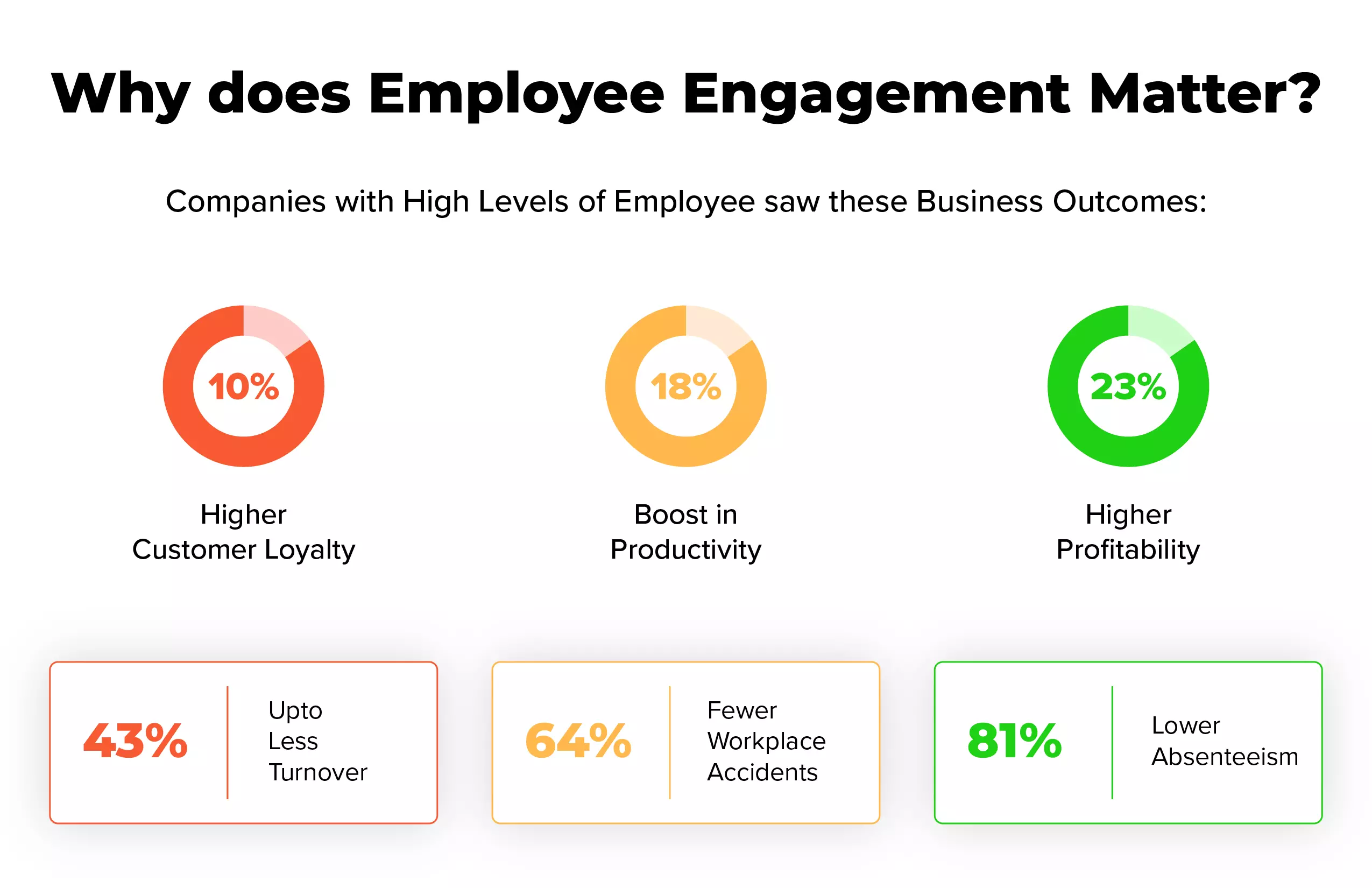
Trust, honesty, mutual commitment, and interaction between a company and its employees are the cornerstones of employee engagement. It is a strategy that improves the likelihood of business success while boosting efficiency, efficacy, and well-being at the organizational and personal levels. It is measurable. It ranges from subpar to excellent. It can be developed and greatly enhanced; it can also be lost and wasted.
10 Ways To Boost Employee Engagement And Motivation
Encourage Creativity And Innovative Thinking
Make frameworks that provide employees liberty to explore novel concepts, whether it’s coming up with fresh ideas for products or suggesting improved procedures that will save both money and time. If the new idea is a success, the individual receives praise, rewards, or just the fulfillment of having changed something.
Giving employees the freedom to be innovative and creative gives them a place to express their ideas and shows that managers have a lot of faith in them. Giving employees more liberty will maintain their engagement and result in higher-quality work because a lot of employees have held positions in which they were prohibited from trying new things.
Encourage, Invigorate, And Educate The Employees
Happy employees represent an ideal place to begin, but building a healthy work atmosphere doesn’t stop there. The management team sets the tone right away, and an effective method to do that is to be a lot more than their boss—be the finest mentor they could want. Approach an employee who appears to be having difficulty with a task, to find out if you can offer any assistance. They will perceive the readiness to assist as care for their well-being in addition to the advancement of the business, regardless of if it is a pat on their back and encouraging words pushing them to continue attempting or offering advice on policy and protocol.
Invest In The Right Software Tools
Managers will require the appropriate employee tracking software if they’re concerned about assessing and enhancing employee engagement as well as efficiency. It can be difficult for them to gauge employee engagement. Employees aren’t always honest regarding their genuine emotions, and organizational health is an intangible, occasionally arbitrary aspect of that.
We advise adopting an all-in-one employee tracking and management software rather than dealing with Google Forms and spreadsheets. This kind of technology consolidates all managerial tasks into a single, comprehensive piece of software. These features—as well as others—are included in Lystloc’s exhaustive, user-friendly platform, which delivers employee engagement data at their fingertips.
Promote Persistent Career Growth
In an international survey by Deloitte, it was shown that about one-third of employees cited learning on the job as the most significant resource their company can offer, especially in highly technological work settings. Subsidizing the expense of outside training and programs, arranging seminars with business leaders, or setting up a mentoring program are all tempting efforts for both new hires and long-term staff members that also make employees feel appreciated. Additionally, it will assist managers in keeping a watchful eye on their most talented potential employees, also known as their revenue generators and future managers.
Team Building Activities
Employee engagement can be made entertaining with team-building activities or games. To motivate a team, employ team motivation strategies. The focus of such activities could be professional or purely entertaining. Scavenger hunts and escape rooms are examples of outdoor events that may aid in improving interpersonal relationships among employees. Employee engagement through team-building exercises frequently results in better work ethics. These kinds of enjoyable activities can also revitalize employees create chances to foster team motivation, and boost productivity.
Prioritize Establishing Work-Life Balance
Maintaining a balance between work and personal life is essential for employees’ mental and physical well-being. Organizations and leaders have a responsibility to prioritize work-life balance and provide their staff with time flexibility and other perks that can promote this cooperation.
Putting out their best effort at work and taking breaks for self-care, helps individuals balance both their professional and personal lives. In order to prevent overworking, leaders can also motivate staff to take frequent breaks, prioritize production over hours, and routinely examine their work schedules. When employees have ample downtime to rest, their focus and energy levels rise, which boosts engagement as well as efficiency.
Create Personalised Engagement Plans
Recognizing and accepting that every member of the team has specific motivating needs is a powerful strategy to help them perform at their best. To comprehend each employee’s motivating levels and rewards, get to know them well.
Create a strategy to offer each employee the right reward to elevate their performance. Think about letting an elderly employee work from home so that he/she gets to spend a greater amount of time with his/her family, or rewarding another employee for putting in longer hours at the office. Making an efficient engagement plan calls for getting an understanding of their world.
For a workforce that feels truly valued, it’s crucial to offer personalized and meaningful tokens of appreciation. Celebrating occasions with unique gifts can significantly impact motivation. Exploring employee appreciation options at Successories could provide essential inspiration for the right gestures that demonstrate genuine gratitude and propel employee engagement to new heights.
Employee Feedback And Survey Tools
Surveys and feedback from employee systems can offer insightful data on employee engagement and involvement. Employee input should be consistently gathered by management, and they ought to make certain that they are acting on their suggestions. Tools for employee feedback and surveys can also pinpoint problems that need to be fixed and monitor progress over the course of time. To let know, putting the most effective employee engagement tools into effect can assist managers to raise employee engagement in the workplace.
Communicate The Company’s Goal Clearly
Before having engaged staff, an organization needs to first establish a goal and vision. The whole organization would droop in apathy in the absence of a clearly defined objective. After establishing the purpose and objective of the company, managers must share that information with staff members so that they can assume the responsibility of assisting the team in achieving its goals. It goes without saying that clear, precise goal and mission statements will have an impact on staff members, particularly if they involve feasible objectives that encompass everyone on the team, instead of just founders or managers.
Get To Know More About The Employees
The best employee engagement levels are found in businesses that genuinely care about their employees. The relationships that leaders and managers create with their staff members help them feel valued and important. Though these relationships may go against conventional notions of employer-employee relationships, they will help to foster a culture of trust and passion that will endure even when the business faces adversity. Managers, leaders, and bosses should start simple when expressing their concern for each individual to begin building connections with them. Employee perceptions and engagement will gradually improve as a result.
Summing Up
Businesses that place a high priority on employee engagement are generally inclined to have improved efficiency and higher retention levels. Employees who are engaged and motivated in what they do will not only be able to execute their duties better, but they will additionally be able to provide the company with special advantages like higher revenue, greater customer retention, superior talent gaining and loyalty, a lower turnover rate, and a more secure place to work.

